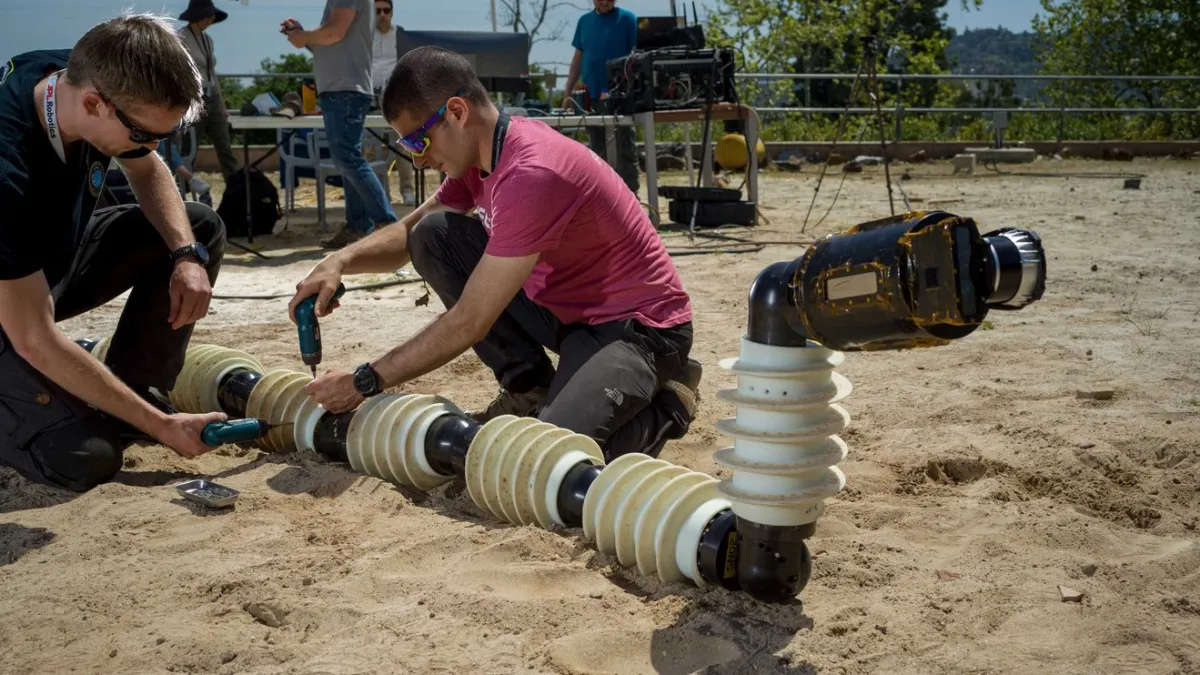The US National Aeronautics and Space Administration (NASA) is testing a snake-like drone that is planned to be sent to Saturn’s moon Enceladus in search of life.
This was reported by TechCrunch.
The snake robot Exobiology Extant Life Surveyor (EELS) is planned to be used to study the oceans under the lunar crust.
This snake-like robot can dive beneath the satellite’s surface and descend through a vent to collect fluid samples.

The EELS drone is designed to explore underground and above-ground objects, to assess whether the environment is suitable for human life and to search for evidence of the existence of living things.
On Enceladus, the EELS will be able to glide through narrow geysers and swim across the world’s vast oceans. It is made flexible enough to move in liquids, rarefied environments, confined spaces of mazes, and in the ocean.
The NASA team tested the robot’s design in the Earth’s ice massifs.
The JPL project is implemented by Arizona State University, the University of California, San Diego, and Carnegie Mellon University, the latter of which has many years of experience in developing snake robots.

The four-meter autonomous robot consists of ten parts and has a helical groove on the outside that allows it to move forward or backward on the ice. The snake’s “head” has sensors and cameras that help it navigate its environment.
The EELS is also equipped with risk-based planning systems that allow it to move autonomously away from Earth and human control.

